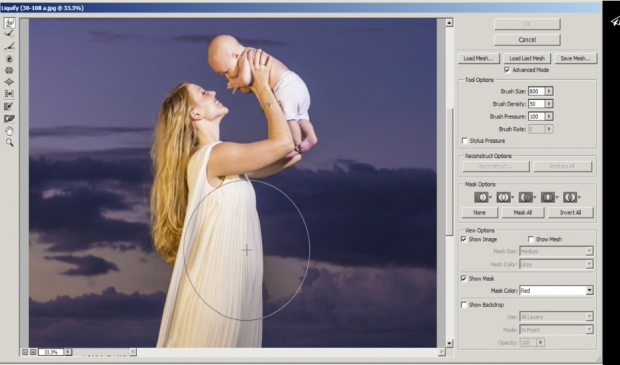

Of course, I wouldn’t have created it in Corel, with poorly rendered images also. Could probably do that with artboards, but phtoshop is NOT efficient with those, so you’d probably run out of memory with that many artboards. I’m still not quite sure how to do that in photoshop. Just export the images and create the PDFs for sending and printing. Plug in the graphic, change the master color to the custom color, and everything is done. So we went from having edit for 4-6 hours for each one, to about 5 minutes. I made each page in order, and also had them placed side by side for a spread for when we printed them and handed them a copy. I also placed the custom graphic on each product and deformed it, but as a composition. I created masks for everything that needed color changes in photoshop and brought that in to use as a mask for color. So I ended up putting all the pages into AE. So Photoshopping that was a pain, because again, no smart objects, so you’d have to get the deform correct on the first try. We would change the color of the products on each page, and change the logos, some of which were bending around a square leg with one large bevel on the corner. It was 10-12 pages long and there were probably 6-8 products, in use on each page. They gave me the brochure, in Corel (Bleh). To give an example of it’s usefulness, back before smart objects existed, I was making some marketing material for a product line we made. In photoshop, better UI, but less options, but also generally more destructive.

Or you can use an expression to make them the same across 10 different compositions. But something like liquify, you can apply to an adjustment layer. Of course, some of the UI for the same tools are terrible in AE. It’s a bit odd to do, but totally makes sense in many cases. Well, that and you are basically forced to learn most of the features of layer comps, which saves a Ton of time for doing multiple renders all in one file.Īlso don’t neglect to use AE for non-desctructive editing. The advantage here is you only have one liquify object so you don’t have to save the mesh, then open each other and apply it again.

Then you go to Export > Layer Comps to Files to save them all. If that’s all you’re wanting to change for all the versions, then uncheck visibility as well. THEN, you can create new layer comps in your main file, and check the box that says “Layer comp selection for smart objects.” Create a new comp for each one. The default there will say “don’t apply layer comp.” You can now switch between those layers inside photoshop in the properties menu. You don’t actually have to convert them to smart objects.Īlso, depending on what you’re going after, if you have all your layers in One layered smart object, then in that smart object (double click to edit) use layer comps to show one layer at a time (name your layer comps).


 0 kommentar(er)
0 kommentar(er)
